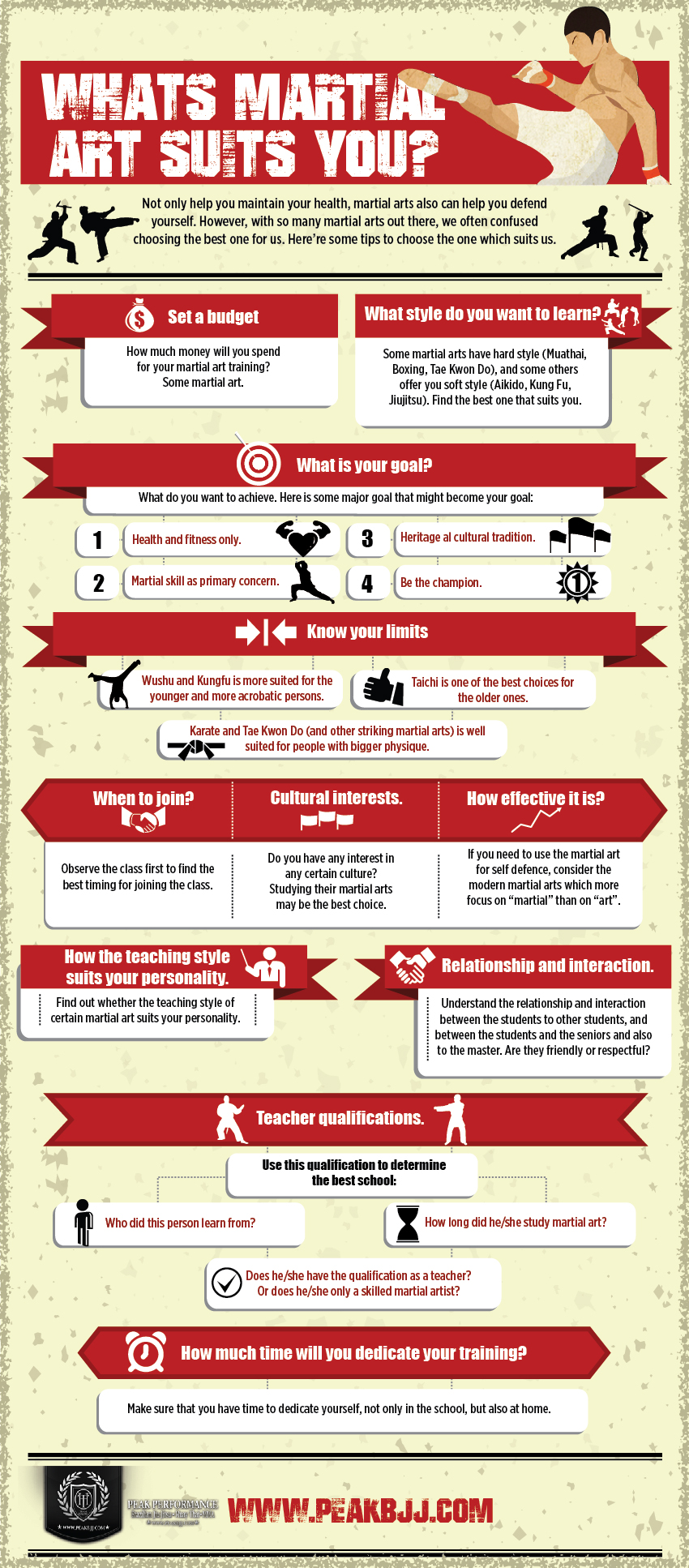The Fundamentals And Value Of Taekwondo Forms
The Fundamentals And Value Of Taekwondo Forms
Blog Article
Authored By-Stein Goode
Did you recognize that there more than 20 various taekwondo types, each with its own distinct series of motions and techniques? These types, additionally known as poomsae, play a vital duty in the technique and development of taekwondo professionals.
But what exactly are these kinds, and why are they so significant? In this discussion, we will discover the fundamentals of taekwondo kinds, their origins, and the key elements that make them an essential part of this fighting style.
Whether you're a beginner or a seasoned practitioner, understanding the relevance of taekwondo types will grow your appreciation for this old technique and enhance your trip towards mastery.
Origins and Evolution
The beginnings and evolution of Taekwondo can be mapped back to old fighting styles practices in Korea. It was created over 2,000 years earlier and has actually since become a prominent and around the world recognized sporting activity.
Taekwondo was greatly influenced by numerous Oriental martial arts styles, such as Taekkyon and Subak, in addition to Chinese martial arts. click the up coming website was initially used as a means of protection, however with time, it advanced right into an affordable sporting activity that concentrates on striking techniques and high kicks.
In the 20th century, Taekwondo went through a significant transformation and was standardized into its modern-day kind. martial arts female played an important role in this procedure, assisting to establish policies, strategies, and develops that are still followed today.
Crucial Element and Strategies
Currently let's check out the essential elements and methods of Taekwondo. To fully recognize the crucial elements and techniques, it's important to delve much deeper into the following subtopics:
- Stances: Taekwondo emphasizes the right use positions, such as the front position, back stance, and horse position. These stances provide stability, balance, and power in performing various methods.
- Strikes and Kicks: Taekwondo is renowned for its powerful and dynamic kicks, including the front kick, roundhouse kick, and side kick. Strikes, such as punches and knifehand strikes, are also necessary techniques in Taekwondo.
- Blocks and Defense: Reliable protection is crucial in Taekwondo. Blocks, such as the high block and reduced block, are utilized to secure versus incoming assaults. click to read and positioning are vital to efficiently safeguarding oneself.
Advantages and Impact
Among the substantial benefits of practicing Taekwondo is the improvement of fitness and total wellness. By participating in regular training sessions, you can boost your cardio wellness, strength, versatility, and endurance. Taekwondo entails a variety of activities that target various muscular tissue teams, aiding you develop a strong and toned figure.
Additionally, this martial art advertises psychological wellness by lowering stress and stress and anxiety degrees. The technique and focus needed in practicing Taekwondo can help enhance your concentration and improve your capacity to manage challenging scenarios.
Furthermore, the practice of Taekwondo instills a sense of positive self-image, self-discipline, and self-constraint, which can positively impact different areas of your life. Generally, exercising Taekwondo can result in a healthier and a lot more well balanced way of living.
Verdict
So there you have it! Taekwondo forms aren't simply plain routines, yet a depiction of the rich history and development of this fighting style. By understanding the key elements and methods, practitioners can enjoy various physical and mental benefits.
From raised versatility and toughness to improved focus and discipline, taekwondo forms have an enduring influence on those who exercise them.
So, whether you're a novice or a seasoned martial artist, embrace the power of these forms and let them take you on a journey with time.
